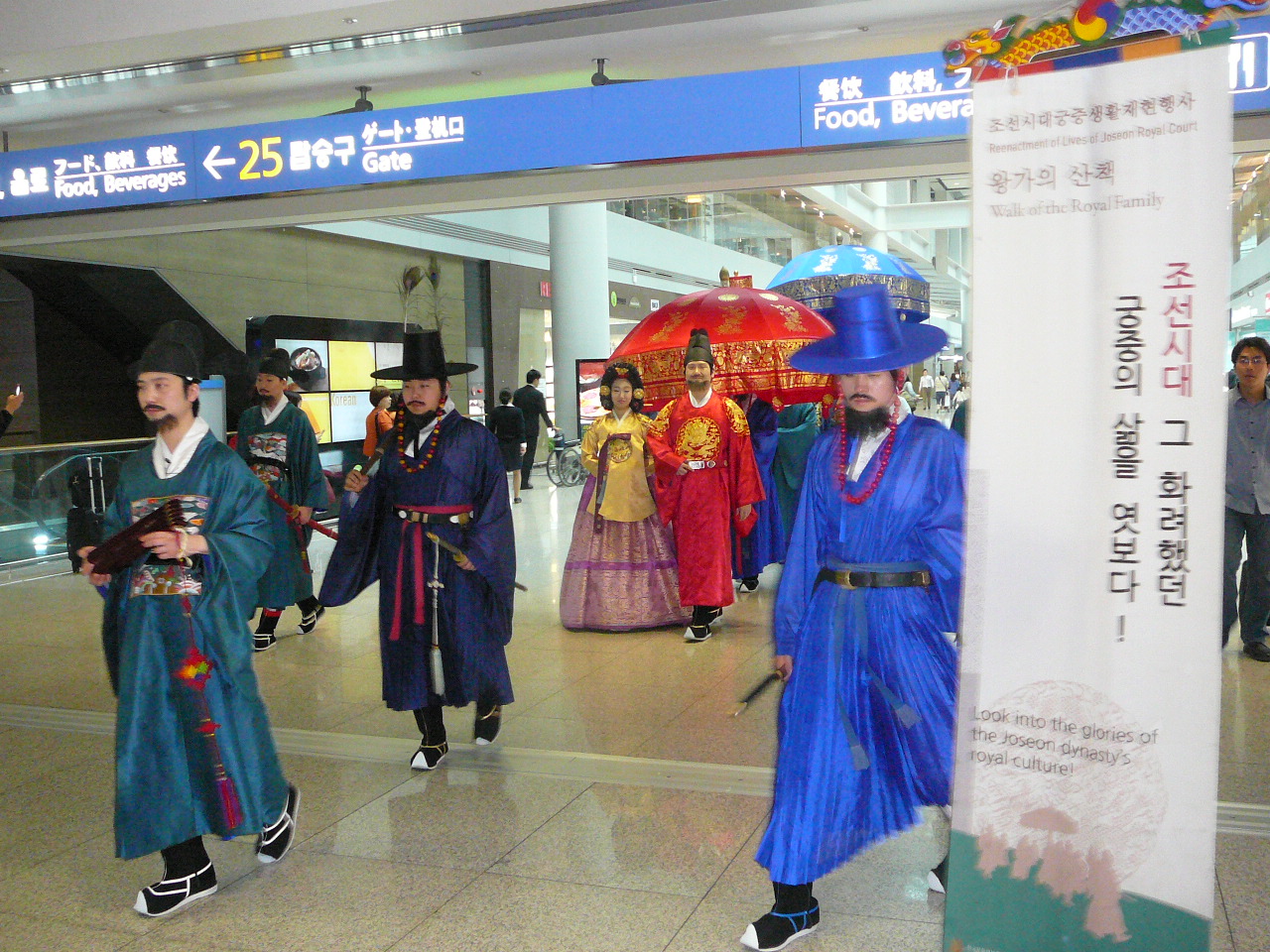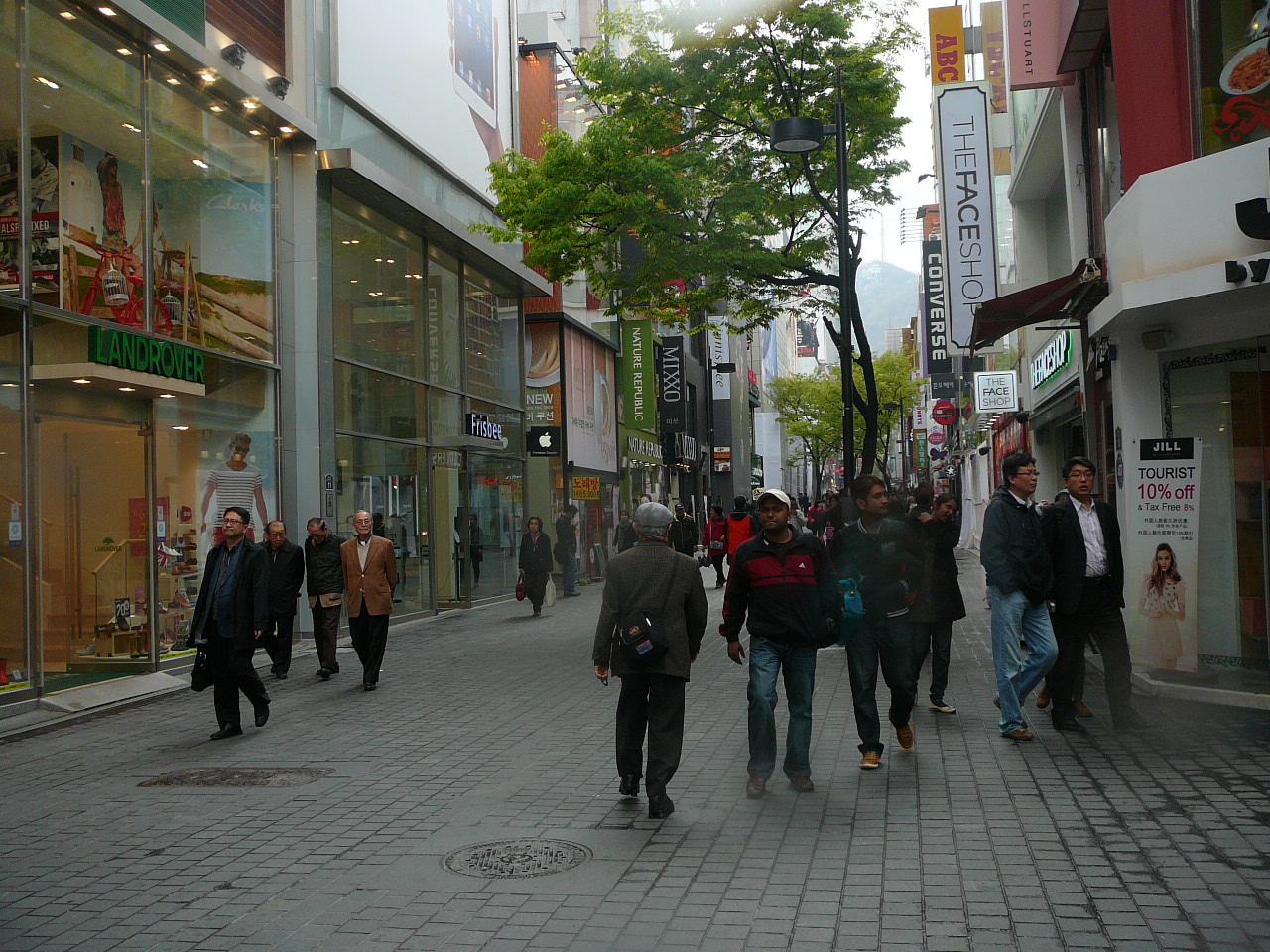It was a fantastic overall experience. If you have any desire to volunteer abroad, we highly recommend doing so instead of taking a regular vacation. Whether you are trying to determine how to start a career, taking a break from one, or reflecting back on it from retirement, you probably have something significant to offer to those in need.
There is an important role in volunteer work for almost everyone: the energy of youth; the organizational and specific skills of corporate employees; the empathy and expertise of social service professionals; the practical knowledge of those in the building trades; and the wisdom of the experienced. Whatever your age and interests, the cross-cultural exchanges are priceless.
The activities in which we were engaged didn't really feel like work, but rather a more culturally fascinating way of spending our vacation time. It didn't seem as if we were missing out on other checklist items we could have been doing. We pretty much did them all anyway, only with a richer perspective on each country's history, personality and challenges. And ways to have fun!
We would not have discovered some of the more interesting and meaningful experiences outside of our placement work without the advice, and in some cases accompaniment, of the locals and the other foreigners we met through volunteering. We are so glad we did.
Unless you have the luxury of volunteering for several months or years, you need to believe in the power of the ripple effect. We do. It would be easy to be pessimistic, and doubt that you can have any lasting impact on people with whom you interact for only 2 or 4 weeks. But combined with the efforts of other like-minded volunteers, while you are in the country as well as before and after, we think this has a cumulative effect.
For example, we spent a lot of time teaching the KSEDO kids geography lessons. We covered continents, countries, capital cities, population, what animals they have, what they enjoy doing, what their money looks like, which countries our grandparents are from, etc.
The kids have probably already forgotten many of the specifics. But if one or two kids are stimulated enough by tales of the broader world around them, who knows, maybe they will be more inclined to apply to universities abroad someday or pursue a career that bridges gaps between nations. And maybe they will encourage their friends to do the same, and extend the cross-cultural exchange.
We left the laminated map in the KSEDO classroom, so hopefully future volunteers will use it to teach the kids new things. At the very least, when another volunteer says they are from Denmark or England or Australia, the kids will know where that is.
In Cambodia, we felt that we were part of the transition team for KSEDO. We helped them adjust to their new physical space with new learning, sports, play ideas and building activities. And Internet connectivity! (Note: Press the right arrow button below to play the Unicorn Song video.)
The building construction project in South Africa could be completed by trained professionals many times more quickly and with much higher quality. But the project is as much about building memories for the day care kids as it is about building walls, which may never be perfect. By the time the project is finished, there will have been several hundred volunteers who have contributed. More importantly, that many people will have made a small difference in the lives of the kids and vice versa. That's pretty cool.
On a lighter note, we are confident that the kids in both South Africa and Cambodia will always remember singing "Hail to the Redskins." Our fellow volunteers in South Africa reported back that the kids still know the lyrics by heart 2 months later! The KSEDO kids in Cambodia are born performers, and already had a large repertoire of memorized songs. So it will be no problem for them. Fight for Old D.C.!!!
There are a number of excellent international volunteer organizations that offer programs that are similar to the ones at Projects Abroad. We researched the choices for months before our trips. Most organizations offer placements in teaching, care (e.g. orphanage, hospital), community development (e.g. construction), sports and conservation. Some also offer more specialized opportunities in areas such as human rights, journalism, business, performing arts and women's empowerment.
No matter how much research you do, there are probably still going to be some unknowns and mild surprises. With the exception of a few organizations like The Peace Corps or Habitat for Humanity, which may have each of their projects perfectly defined after many decades of operation, things are usually fluid.
It helps to be flexible, and adapt to the current needs at the placement organization. You may need to be proactive about defining your exact role. It is unlikely that you will get step-by-step instructions on how you should spend each hour of the day. That can be a good thing for volunteers who have a variety of life skills. You can help determine where you can make the most difference.
Below are the web addresses for some of the better U.S. and U.K.-based volunteer organizations and umbrella websites we researched:
www.projects-abroad.org (Projects Abroad U.S.)
www.projects-abroad.net (Projects Abroad U.K. = headquarters)
www.crossculturalsolutions.org (Cross Cultural Solutions)
www.globalvolunteers.org (Global Volunteers)
www.gviusa.com (Global Vision International)
www.volunteerhq.org (International Volunteer HQ)
www.peacecorps.gov (The Peace Corps)
www.cheetah.org (Cheetah Conservation Fund)
www.overseasand50.com (info and links to many volunteer organizations)
www.volunteerinternational.org (International Volunteer Programs Association = IVPA; has screened member organizations such as Habitat for Humanity)
None of the organizations listed above have a specific religious affiliation. Faith-based charities are another good source of volunteer opportunities. Most of the organizations listed above charge fees. In exchange, they take care of many logistics and provide food and lodging, either with a host family or in group housing. They have well-established projects. Many offer flexible starting dates, and they can process your application relatively quickly. One notable exception is the Peace Corps, which requires a long application process and time commitment but low/no fees.
This list is far from exhaustive, but if you are interested in volunteering it will give you a starting point. Feel free to contact Sarah or John for more detailed information. We can also provide some opinions on the pros and cons of various organizations.
We are sad to be ending this travel blog. Writing it has helped to crystallize our experiences, choose and organize the best photos, and most importantly prolong the vacations!
Thanks for reading. And for some of you, hopefully, happy future volunteering!






















































